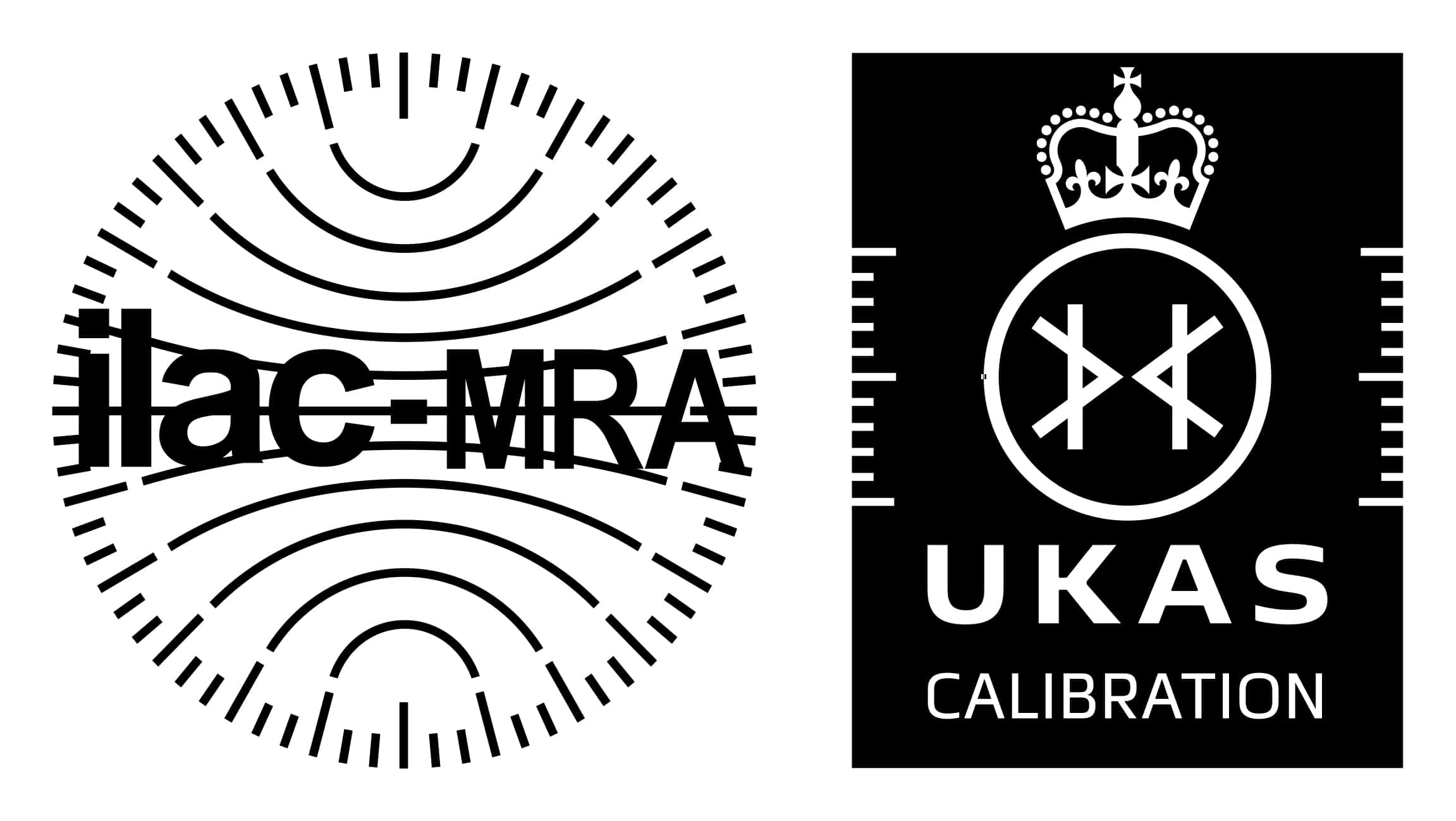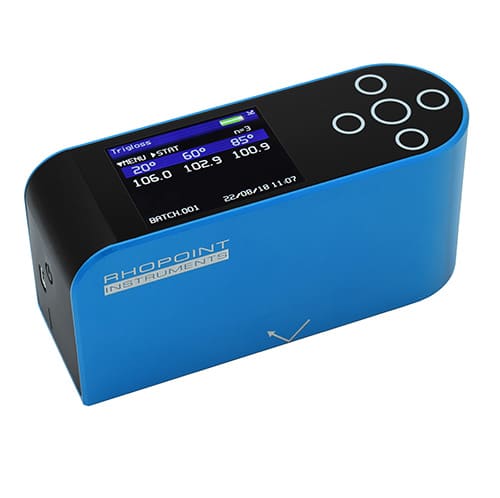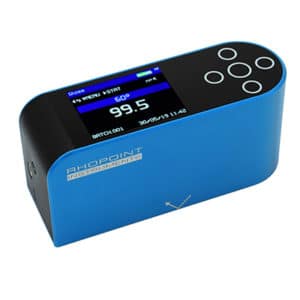Product Categories
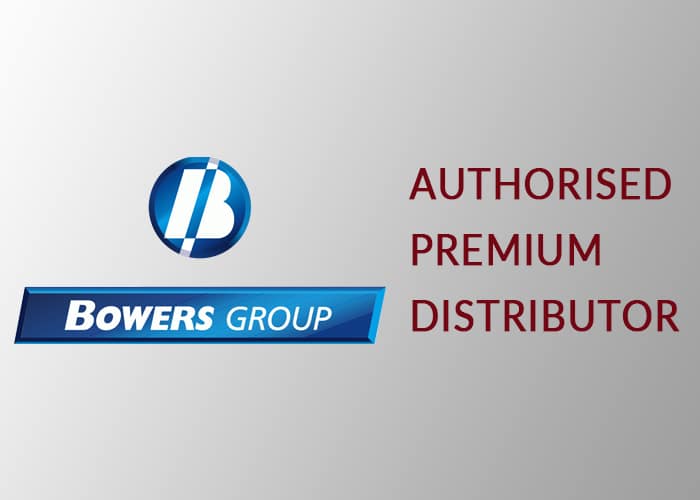
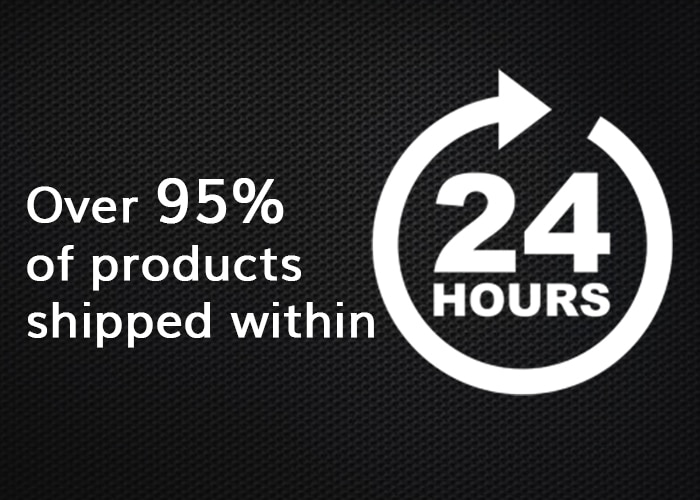

Novo-Gloss Trio Gloss Meter
- Delivery within 10 working days
- Pay by credit card or Rhopoint Metrology Account
£2,330.00
+ £4.95 shipping
All GBP prices are exclusive of UK VAT (where applicable)
Novo-Gloss Trio Low Cost Glossmeter 20/60/85°
The Novo-Gloss Trio low cost gloss meter is ideal for gloss measurements of all surfaces and is suitable for matt to mirror gloss surfaces
60° is referred to as the universal measurement angle and is the most commonly specified geometry in applications such as paints, coatings, plastics, automotive interiors and general manufacturing. It can be used as a basic gloss assessment for any surface
20° is the angle selected for high gloss applications such as paints and coatings, polished metals as it gives an improved resolution for high gloss finishes.
Advanced features including onboard statistics and the ability to download readings, the 20/60/85 glossmeter is perfect for laboratory applications
Gloss is an aspect of the visual perception of objects that is as important as colour when considering the psychological impact of products on a consumer.
It has been defined as ‘The attribute of surfaces that causes them to have shiny or lustrous, metallic appearance.’The gloss of a surface can be greatly influenced by a number of factors, for example the smoothness achieved during polishing, the amount and type of coating applied or the quality of the substrate.
Manufacturers design their products to have maximum appeal: highly reflective car body panels, gloss magazine covers or satin black designer furniture.
It is important therefore that gloss levels are achieved consistently on every product or across different batches of products.
Gloss can also be a measure of the quality of the surface, for instance a drop in the gloss of a coated surface may indicate problems with its cure, leading to other failures such as poor adhesion or lack of protection for the coated surface.
It is for these reasons that many manufacturing industries monitor the gloss of their products, from cars, printing and furniture to food, pharmaceuticals and consumer electronics.
Gloss is measured with a gloss-meter shining a known amount of light at a surface and quantifying the reflectance. The angle of the light and the method by which the reflectance is measured are determined by surface and also aspect of the surface appearance to be measured.
Which Angle Should I Use For My Application?
All gloss levels can be measured using the standard measurement angle of 60° . This is used as the reference angle with the complimentary angles of 85 and 20 often used for low and high gloss levels respectively.
For improved resolution of low gloss a grazing angle of 85 is used to measure the surface. This angle is recommended for surfaces which measure less than 10GU when measured at 60°. This angle also has a larger measurement spot which will average out differences in the gloss of textured or slightly uneven surfaces.
The acute measurement angle of 20 gives improved resolution for high gloss surfaces. Surfaces that measure 70GU and above at the standard angle of 60° are often measured with this geometry. The 20 angle is more sensitive to haze effects that affect the appearance of a surface. To quantify haze, distinctness of image, reflected image quality and other surface texturing please consider the Rhopoint IQ.
Fast measurement of all parameters. Full on-board statistics with trend analysis and reporting. Simultaneous measurement of all parameters, results are and time stamped. Displays full statistics for the number of readings in the current batch. Graphical reporting for quick trend analysis.
Pass / fail parameters can be defined for instant identification of non-conformances.
The instrument detects when the calibration tile is attached to the instrument enabling faster and easier calibration.
Instantly transmit measured readings directly to programs such as MS Excel on your PC / tablet / smartphone to greatly simplify the reporting process.
10,000+ readings per charge. The instrument is rechargeable via USB/PC or mains.
Specifications – Novo-Gloss Trio low cost gloss meter
Gloss
| 20° | Improved accuracy and resolution on high gloss & metallic samples (>70GU when measured at 60° ) | |
| 60° | Universal angle ? all gloss levels | |
| 85° | Improved resolution for matt finishes |
Resolution 0.1GU ? Repeatability 0.2% ? Reproducibility 0.5%(100-2000GU)
20° : 0-2000GU
60°: 0-1000GU
85° : 0-199GU
ISO 2813, ISO 7668
ASTM D523, ASTM D2457
DIN 67530
JIS 8741, JIS K 5600-4-7
Instrument Specification
Operation
- Full colour easy to read screen
- Adjustable brightness
- 6 button touch sensitive interface
Construction
- Integrated calibration holder with in-position detector for
error free calibration
Measurement
- Single button push to measure all parameters
- Fast measurement
- Results batching with user definable names
Statistical Analysis
- Max, min, mean, S.D.
Graphical Analysis
- On board trend analysis
- Gloss values
Power
- Rechargeable lithium ion
- 17+ hours operation
- 10,000+ readings per charge
Memory
- 8MB= >2000 readings
- User defineable alphanumeric batching
Data Transfer
- Bluetooth
- PC compatible
- USB connection, no software install required
Measurement Area
- 20: 6mm x 6.4mm
- 60: 6mm x 12mm
- 85: 4.4mm x 44mm
- Operating Temperature: 15 – 40 ° C (60 – 104° F)
- Humidity: Up to 85%, non condensing
Dimensions & Weight
- 65mm x 140mm x 50mm (H x W x D)
- 20/60/85° = 390g
- Packed weight: 1.6kg
- Packed dimensions: 110mm x 280mm x 220mm (H x W x D)
- Commodity code: 9027 5000
Standards
- ISO 2813 Paints and varnishes – Determination of specular gloss of non-metallic paint films at 20 degrees, 60 degrees and 85 degrees
- ASTM D523 Standard Test Method for Specular Gloss
- ASTM D2457 Standard Test Method for Specular Gloss of Plastic Films and Solid Plastics
- DIN 67530 Reflectometers a means for gloss assessment of plane surfaces of paint coatings and plastics
- JIS Z 8741 Specular glossiness – Method of measurement
- ISO 7668 Anodized aluminium and aluminium alloys — Measurement of specular reflectance and specular gloss at angles of 20 degrees, 45 degrees, 60 degrees or 85 degrees
Additional information
| Weight | 1 kg |
|---|

